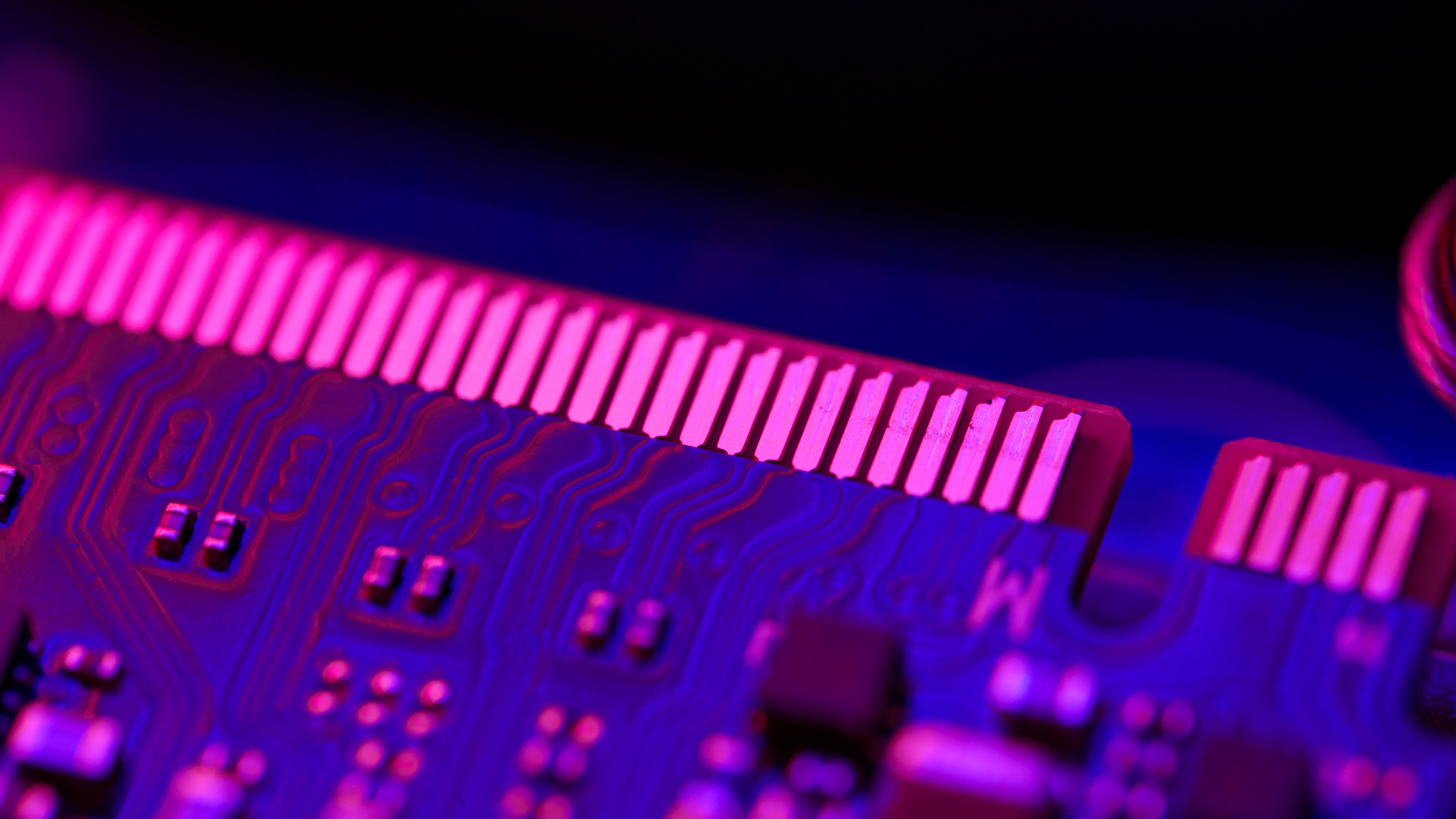A new SSD form factor can house a staggering 1,000,000 GB of storage – E2 drives could store 11,000 4K movies with 80W power draw

A new type of SSD developed to cover the middle ground between high-capacity HDDs and the performance of the best SSDs has birthed a new E2 flash form factor with capacity potential of up to 1 petabyte, or 1 million GB, reports StorageReview.
Seeking to address the aforementioned middle ground, the Storage Networking Industry Association (SNIA) and the Open Compute Project (OCP) have collaborated to design and prototype a new SSD form factor that accommodates 'warm' data, which sits between cold and hot tiers, making high density and low cost paramount.
The device has reportedly been built from the ground up for high-capacity deployments in 2U servers, and will feature a staggering one petabyte of QLC storage per device.
The E2 form factor adheres to the common 'Ruler' Enterprise and Data Center Standard Form Factor (EDSFF) specification and reuses the industry standard EDSFF connector already in use on E1 and E3 devices.
The E2 drives are 200 millimeters (7.9 inches) in length, measuring 76 mm (3 inches) in height, and just 9.5 mm thick (0.4 inches). The E2's height and connector alignment are reportedly derived from E3, with LED placement taken from E1 SSDs.
Given the use case, E2's ideal application would be in dense storage servers housing up to 40 such drives in a 2U node, bringing a single server's capacity up to 40 PB. The drives communicate using NVMe and a PCIe 6.0 x4 or better connection, drawing an eye-watering 80 watts of power per-SSD. Mercifully, most would likely run at around 20-30 watts, which would still present a significant thermal challenge and could preclude the use of air cooling.
Targeted speeds of the E2 SSD are purported to be 8-10 MB/s per terabyte, much more than your average HDD. However, the report notes that capacity, not performance, is the end game of E2.
Get Tom's Hardware's best news and in-depth reviews, straight to your inbox.
As per the report, Micron is one of the significant manufacturing contributors to E2, and Open Compute Project engineers and designers are looking to bridge the gap between speedy, expensive SSDs and slower, lumbering HDDs.
Not quite reaching the heady heights of the petabyte just yet, Pure Storage showcased a 300TB E2 prototype recently. The report notes E2 is a "practical, flash-based answer to the growing need for high-capacity 'warm' storage," but notes there are still challenges to overcome before E2 can be implemented in server platforms, notably the thermal and power demands previously mentioned.
Follow Tom's Hardware on Google News to get our up-to-date news, analysis, and reviews in your feeds. Make sure to click the Follow button.

Stephen is Tom's Hardware's News Editor with almost a decade of industry experience covering technology, having worked at TechRadar, iMore, and even Apple over the years. He has covered the world of consumer tech from nearly every angle, including supply chain rumors, patents, and litigation, and more. When he's not at work, he loves reading about history and playing video games.
-
jeremyj_83 "Targeted speeds of the E2 SSD are purported to be 8-10 MB/s per terabyte, much more than your average HDD. However, the report notes that capacity, not performance, is the end game of E2."Reply
At 1PB that would give 8-10GB/s speeds which for capacity devices is very fast. Even at the 300TB capacity showed by PureStorage that is still 2.4-3GB/s which is A LOT faster than HDD. The fastest dual actuator HDDs are only in the 500ish MB/s range and single actuator drives are only 250ish MB/s. -
mrdoc22 Reply
Backup on old HDD CMR drives :)Paineful said:When it breaks, 11,000 4K movies would take a while to download again! -
chronosdeep Reply
You'll have to sell not body parts but several bodies.Dementoss said:How many body parts will I have to sell, to buy one of these SSDs I'll never need? -
usertests There is a 3.5" 100 TB drive using TLC NAND, and I bet we could see 200 TB easily in that form factor. But the form factor could be completely dead in the enterprise before it ever reaches 1 PB. Meanwhile, it will be a long wait for 128 TB microsd cards.Reply -
Geef Replyusertests said:Meanwhile, it will be a long wait for 128 TB microsd cards.
30 years ago I was running a PC with a 240 MB HDD.
In the future a 128 TB microsd will be for the masses but us techs here will be running 512 TB and 1 PB cards. Of course future means the sd card slot will be on the back of your head instead on the side of your phone. Strangely, it will still make the clicking noise as you push it into place. 😜 -
usertests Reply
Progress is slowing down and getting a little stunted. Witness the race to PLC NAND.Geef said:30 years ago I was running a PC with a 240 MB HDD.
In the future a 128 TB microsd will be for the masses but us techs here will be running 512 TB and 1 PB cards. Of course future means the sd card slot will be on the back of your head instead on the side of your phone. Strangely, it will still make the clicking noise as you push it into place. 😜
But our descent into a technological dystopian future is not slowing, so that's a plus.